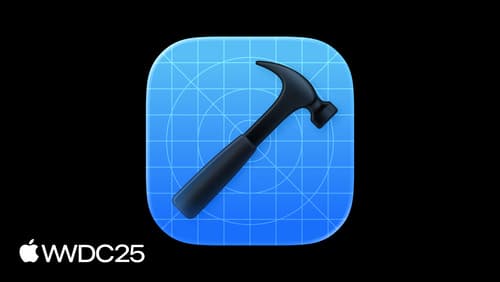Do devs working on iOS apps for min iOS 17.6 need to do anything special for iOS 26?
Asked on 2025-06-15
1 search
Developers working on iOS apps targeting a minimum of iOS 17.6 will need to make several updates to ensure compatibility with iOS 26. Here are the key considerations:
-
Adopt the UI Scene Lifecycle: Starting with iOS 26, any UIKit app built with the latest SDK will be required to use the UI Scene lifecycle. This is mandatory for app launch, and developers should migrate their apps to this lifecycle. For more details, you can refer to the session What’s new in UIKit.
-
Deprecation of UI Requires Full Screen: The
UIRequiresFullScreenkey is deprecated and will be ignored in future releases. Apps should be adaptable and remove this key to ensure flexibility. This is discussed in the session Make your UIKit app more flexible. -
Swift Observable Objects in UIKit: iOS 26 introduces built-in support for Swift observable objects in UIKit, which is enabled by default. Developers can back-deploy this feature to iOS 18 by adding the
UIObservationTrackingEnabledkey to their Info.plist. More information can be found in the session What’s new in UIKit. -
New Design System: iOS 26 introduces a new design system with Liquid Glass, which affects the appearance of app icons and UI elements. Developers should compile their apps using the iOS 26 SDK and refine their UIs to match the new aesthetics. This is covered in the session What’s new in UIKit.
-
OpenURL Method Update: The existing
OpenURLmethod now accepts file URLs, allowing apps to hand off documents not natively supported by the app. This is part of the updates in iOS 26, as mentioned in the session What’s new in UIKit.
By addressing these updates, developers can ensure their apps are ready for iOS 26 and take advantage of the new features and improvements.

What’s new in UIKit
Modernize your app with the latest APIs in UIKit, including enhanced menu bar support, automatic observation tracking, a new UI update method, and improvements to animations. We’ll also cover how you can include SwiftUI scenes in your UIKit app and explore SF Symbols, HDR color pickers, and more.

Make your UIKit app more flexible
Find out how your UIKit app can become more flexible on iPhone, iPad, Mac, and Apple Vision Pro by using scenes and container view controllers. Learn to unlock your app’s full potential by transitioning from an app-centric to a scene-based lifecycle, including enhanced window resizing and improved multitasking. Explore enhancements to UISplitViewController, such as interactive column resizing and first-class support for inspector columns. And make your views and controls more adaptive by adopting new layout APIs.

What’s new in Xcode
Discover the latest productivity and performance advancements in Xcode 26. Learn how to leverage large language models in your development workflow. Explore editing and debugging enhancements, improved performance and testing tools, and Swift Build - the open-source build system engine used by Xcode.
